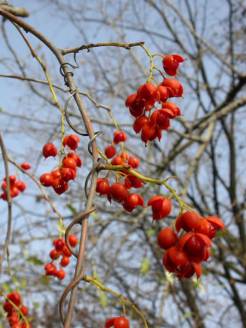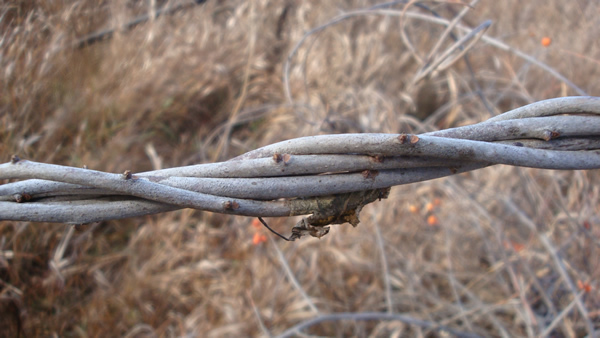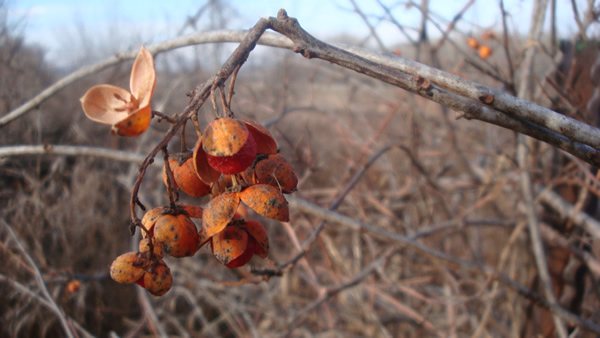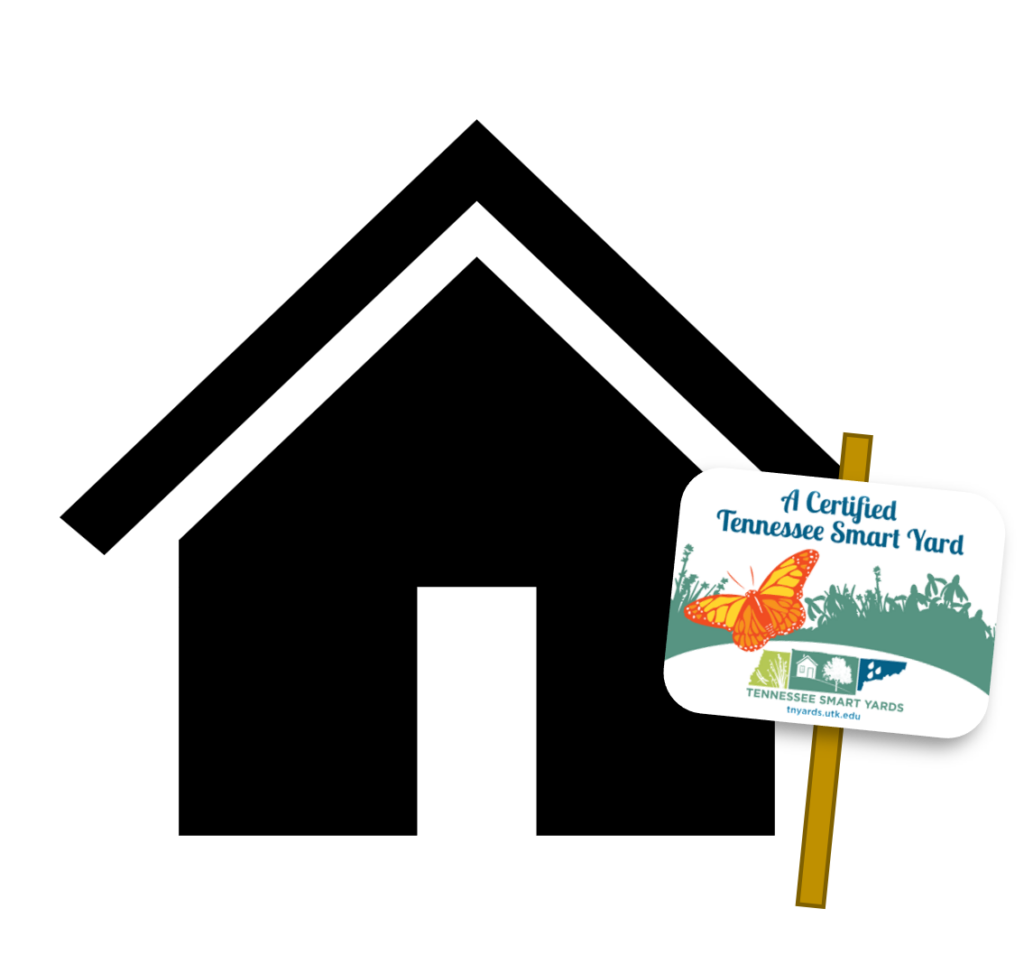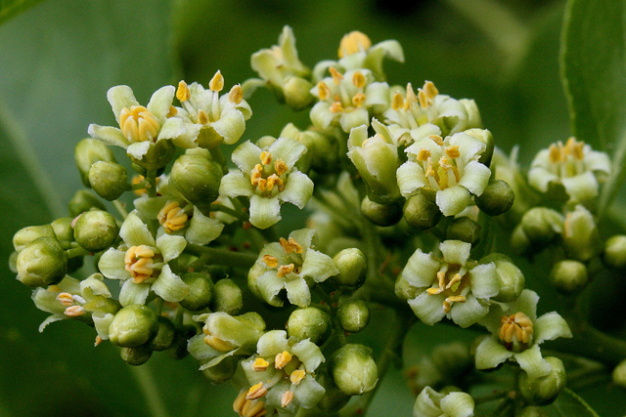
Common Name: American Bittersweet, Bittersweet
Full to part sun; medium to dry moisture level; tolerates a range of soils including rocky, infertile sands and gravels, gravelly or sandy loams, clay loams, and heavy clays; slightly acid to neutral pH.
15-20 feet height by 3-6 feet width (will actually keep growing as long as there is something to climb); inconspicuous yellowish flowers, blooms in late spring; handsome fruit that is orange on the outside and yellow inside, splitting open to reveal bright scarlet seeds.
Growth Rate: Very fast
Maintenance: Infrequent disease problems. Occasional insect problems including aphids and euonymus scale, which can be serious when it occurs.
Propagation: Seed germination codes L & C(150). Moderately easy from seed or cuttings.
Native Region: East Tennessee and far West Tennessee
Twinning woody vine with a tangling, trailing habit that will scramble over everything in sight. Leaves are broadly oval, lustrous and toothed, turning yellow in autumn. Must have male and female plants to get the fruit. Best fruiting occurs in full sun. Very adaptable and will grow most anywhere. Best located on a poor soil site as it will quickly overgrow its bounds when planted on good soil. Good screening for difficult areas, wall, fences, etc. Best grown on structures or allowed to ramble across the ground because it can kill shrubs or small trees as it girdles their stems. Suckers and will send up sprouts some distance from where it is planted. All parts are poisonous to humans. Attracts birds.
Important Note: Avoid the introduced Celastrus orbiculatus (Asian Bittersweet) which is an exotic pest and is choking out native plant communities. It is many times more aggressive than American Bittersweet. It is a close relative of American Bittersweet, and there is some evidence that the two are hybridizing, raising the risk that the true native vine may someday disappear.

